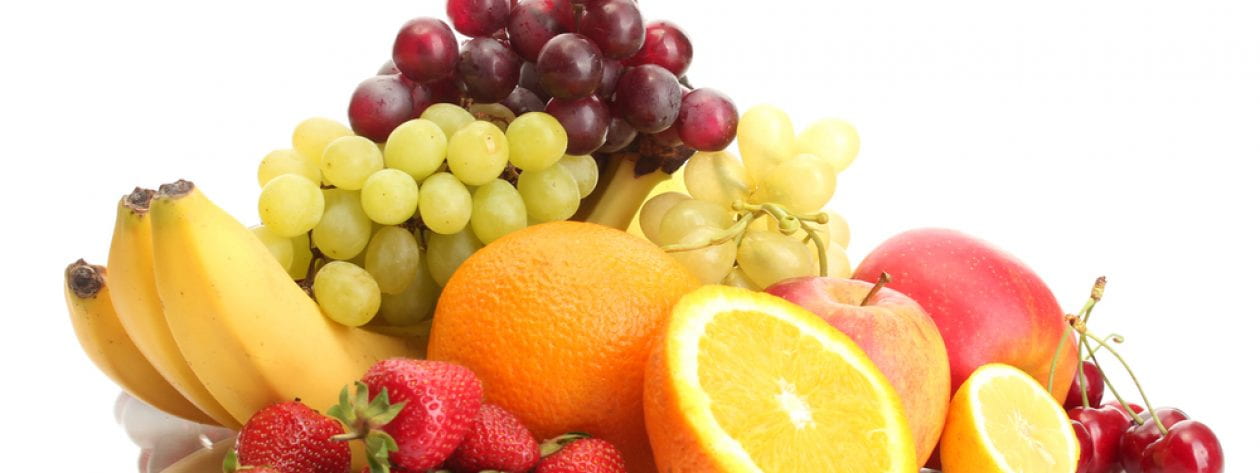What yummy vegetable makes an appearance at many of your barbecues and picnics? Corn, of course! Corn, also known as maize, is used whole, as kernels, ground into flour, and is even used to make corn syrup. This crop is very versatile and is one of America’s most important crops, producing almost half of the world’s corn supply. This is very easy to believe if you have been through the Midwest and have seen have rows of cornfields stretching for miles.
You may be thinking, just because America grows a lot of corn doesn’t mean I should eat it. Corn has gotten bad rep over the last few years. Many believe that corn is devoid of nutrients or that it isn’t good for us because it is present in so many processed foods (think high fructose corn syrup). This is not true, as whole corn contains many vitamins and minerals that are essential for keeping our bodies functioning properly. Some important vitamins and minerals found in corn are:
 Phosphorus, which is important for the growth and maintenance of tissues in the body and is present in both popcorn and sweet corn.
Phosphorus, which is important for the growth and maintenance of tissues in the body and is present in both popcorn and sweet corn.
Copper, which is found primarily in popcorn. Copper is an important trace element that acts as an antioxidant in the body.
Folate, which is essential for amino acid metabolism and DNA synthesis. It is especially important during pregnancy. Folate is present primarily in sweet corn.
Potassium, which is important for maintaining a stable blood pressure and may improve heart health. Like folate, potassium is present in sweet corn.
Corn also contains large amounts of antioxidants that are important for maintaining the health of our body. Some of these antioxidants are:
Ferulic acid, a polyphenol that can scavenge free radicals and reduce the damage by  neutralizing the free radical molecules. Ferulic acid has also been shown to help stabilize vitamin C and E.
neutralizing the free radical molecules. Ferulic acid has also been shown to help stabilize vitamin C and E.
Anthocyanins, which are pigments most known for their free radical scavenging and neutralizing capabilities, but they have also been linked to protection from DNA cleavage, regulating the immune system, and much more.
Zeaxanthin and Lutein, which are both found in the eye and are important for preventing chronic eye disease such as macular degeneration and cataracts.
Aside from these micronutrients, corn also contains protein. The protein content of corn varies from 10-15%, depending on the variety. Like most vegetables, corn is also rich in fiber and can help with digestion. The largest component of corn is carbohydrates. Most corn is composed primarily of starch and small amounts of sugar, however, sweet corn is different in the fact that it is composed mostly of sugar. Sweet corn contains approximately 18% sucrose, while other corn contains only 1-3%. Despite the high sugar content, sweet corn has a low glycemic index so it shouldn’t cause a spike in blood sugar.
Not only does corn contain all of these great nutrients, it is also inexpensive and easy to prepare. While corn is in season, it can be purchased for less than 25 cents an ear. Options for heating corn include boiling, grilling, or stir frying it with other vegetables. If you live on campus, the dining commons provide many dishes that include corn such as the Corn, Black Bean & Poblano Quesadilla, Southwestern Black Bean Spinach Wrap, and Black Bean Taco with Tangy Cabbage.
Now that you know corn has nutrients that are important to your health, don’t leave it out of your next barbecue!
Resources
Arnarson, Atli. “Corn 101: Nutrition Facts and Health Benefits.” July 2015. <https://authoritynutrition.com/foods/corn/>.
The Editors of Encyclopædia Britannica. “Corn.” Encyclopedia Britannica Online. Encyclopedia Britannica, 22 Feb. 2016.<http://www.britannica.com/plant/corn-plant>.
Lila, Mary Ann. “Anthocyanins and Human Health: An In Vitro Investigative Approach.” Journal of Biomedicine and Biotechnology 2004.5 (2004): 306-13. Web. <http://www.ncbi.nlm.nih.gov/pmc/articles/PMC1082894/>.
Photo adapted from Sean McMenemy
Photo adapted from cycloneball
Photo adapted from Michael Dorausch

